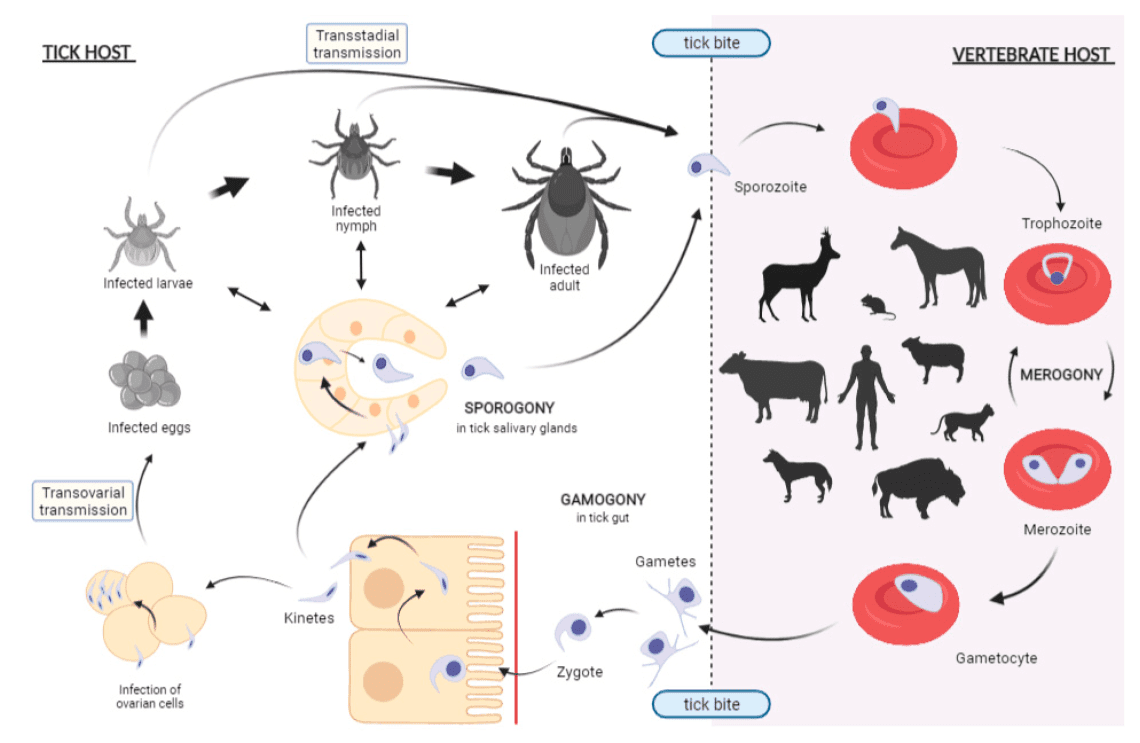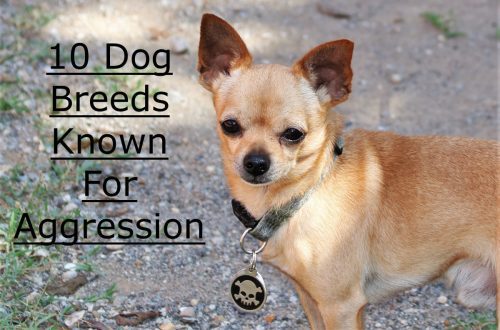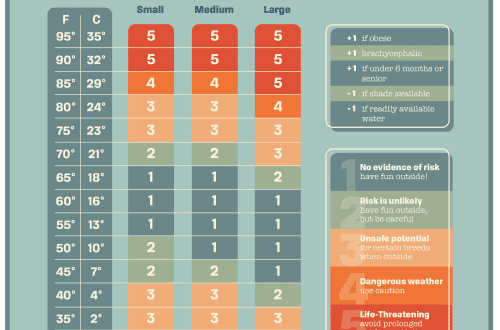
Cad is babesiosis ann agus cá bhfuil sceartáin ixodid ina gcónaí?
Babesiosis (piroplasmosis) of dogs is a natural focal protozoal transmissible non-contagious blood parasitic disease, occurring acutely or chronically, caused by the protozoan parasite Babesia (Piroplasma) canis and manifested by high fever, anemic and yellowness of the mucous membranes, as well as hemoglobinuria, palpitations, intestinal atony.This disease has been known since 1895, when GP Piana and B. Galli-Valerio reported that the disease known as “bilious fever” or “malignant jaundice of hunting dogs” was caused by a blood parasite, to which they gave the name: Piroplasma bigeminum (canis variant) . Later, this parasite was given the name Babesia canis. In Russia, the causative agent Babesia canis was first discovered in 1909 by V.L. Yakimov in St. Petersburg with a dog brought from the North Caucasus and V.L. Lyubinetsky, who observed the pathogen in Kyiv. In Belarus, N.I. pointed out the parasitism of piroplasms (babesia) in dogs Dylko (1977). Babesia is carried by ixodid ticks of the genus Dermacentor. Many researchers have noted transovarial transmission of the babesiosis pathogen by ticks, and given that wild carnivorous canine families are also susceptible to infection with B. canis, they can therefore also serve as natural reservoirs. In the last two decades, there has been a sharp change in the dynamics of the spread of ticks. Indeed, if in the 1960s-80s cases of ixodid attacks on dogs were recorded, with rare exceptions, in rural areas and suburbs (at the dacha, hunting, etc.), then in 2005-2013 the vast majority of cases of tick attacks occur on the territories of the cities themselves (in parks, squares, and even in courtyards). The conditions and habitat of ixodid ticks in the city differ significantly from those in natural biotopes. The following features can be distinguished here: increased atmospheric air pollution and reduced oxygen concentration pronounced disunity of tick habitats significant diversity of local climatic conditions insignificant species diversity of hosts (dogs, cats, synanthropic rodents) frequent changes in the habitat associated with the development and reconstruction of buildings high density of people and transport, their active movement. These conditions undoubtedly affect the emergence and maintenance of foci of ticks in the city. The entire territory of any modern city can be conditionally divided into the old, young part, and new buildings. The old part of the city is a building area more than 50 years old. It is characterized by a high degree of urbanization, significant gas pollution and a small amount of vegetation. As a rule, such an area is practically free from ticks. The main factor in their introduction and movement are host animals, most often dogs. Within the zone, ticks can live in parks, squares and yards where there are shrubs. Young areas – from 5 to 50 years have passed since their development. They are characterized by a sufficiently developed landscape, and urbanization in these territories is lower than in the first zone (in recent decades, when building new areas, more green spaces are immediately projected). During the formation of the landscape, pockets of tick infestation have time to form. The zone can be conditionally divided into two subzones:
- areas where ticks were absent
- areas where ticks used to be.
In the subzones where ixodids were absent, the formation of foci of tick infestation, as a rule, is a long process. Ticks are introduced from outside by host animals. Then, getting on the plants, the engorged females lay eggs, from which the larvae hatch. If they find hosts for themselves, then a new center of ticking is gradually formed. Subzones where ticks used to be, are areas in young areas where no construction was carried out. These may be already existing parks, squares and forest belts, which are decided to be preserved. Foci of tick infestation in such subzones persist, and then ticks spread to neighboring territories. For these reasons, tick infestation in young areas can be significant. New buildings are areas where construction is currently underway and up to 5 years after it. Construction work is currently greatly changing the natural landscape, which most often leads to the death of ticks. Therefore, the colonization of this territory by ticks occurs gradually (simultaneously with the formation of a new landscape) through the introduction of host animals or during their natural migration from the border ticked zones. In general, new buildings are characterized by the absence of mites or very low mites.
Féach freisin:
When can a dog get babesiosis (piroplasmosis)
Babesiosis i madraí: comharthaí
Babesiosis i madraí: diagnóis
Babesiosis i madraí: cóireáil
Babesiosis i madraí: cosc





